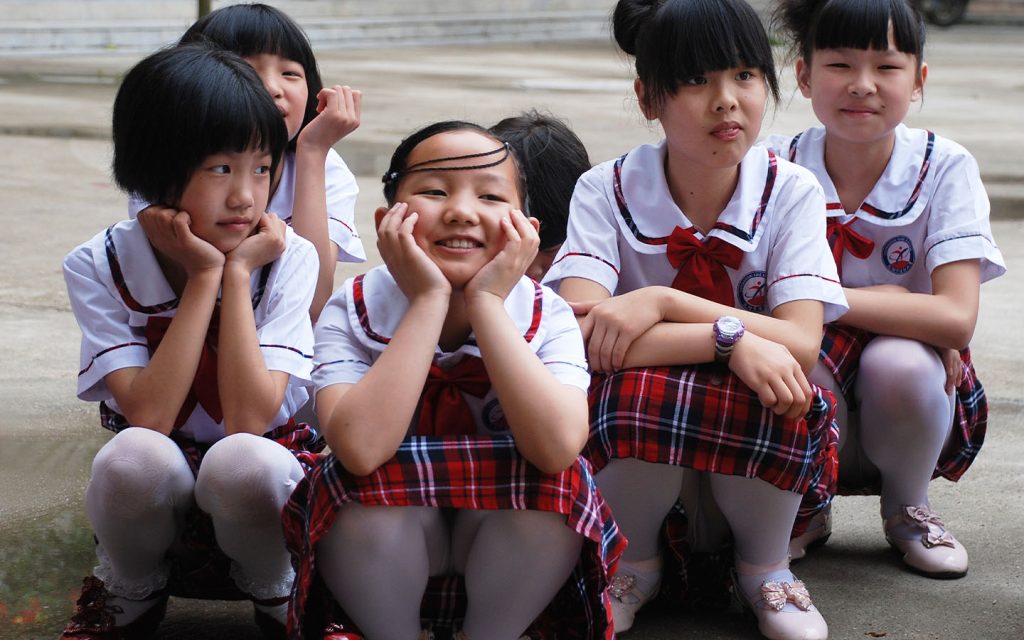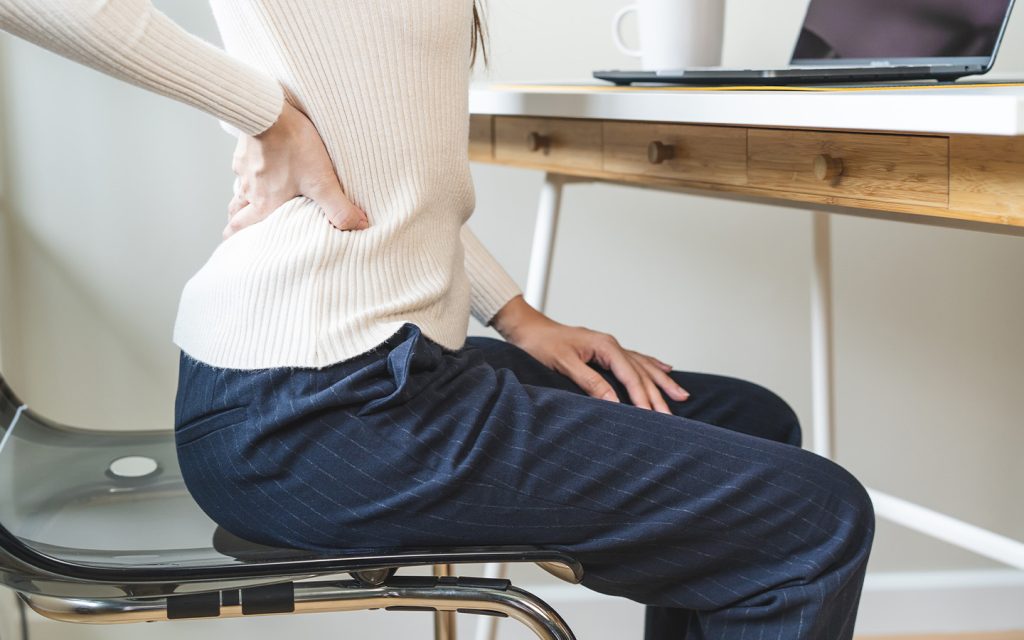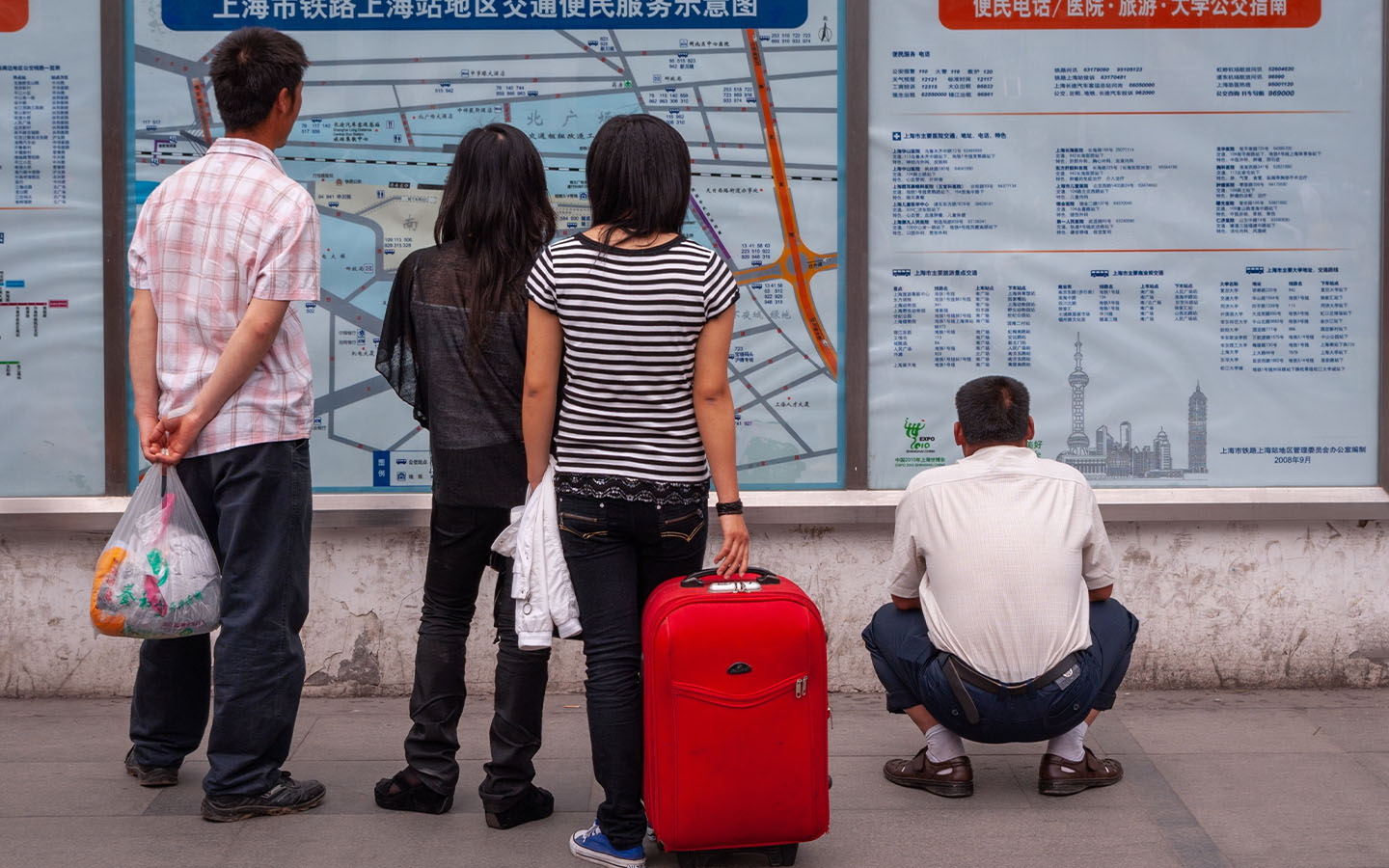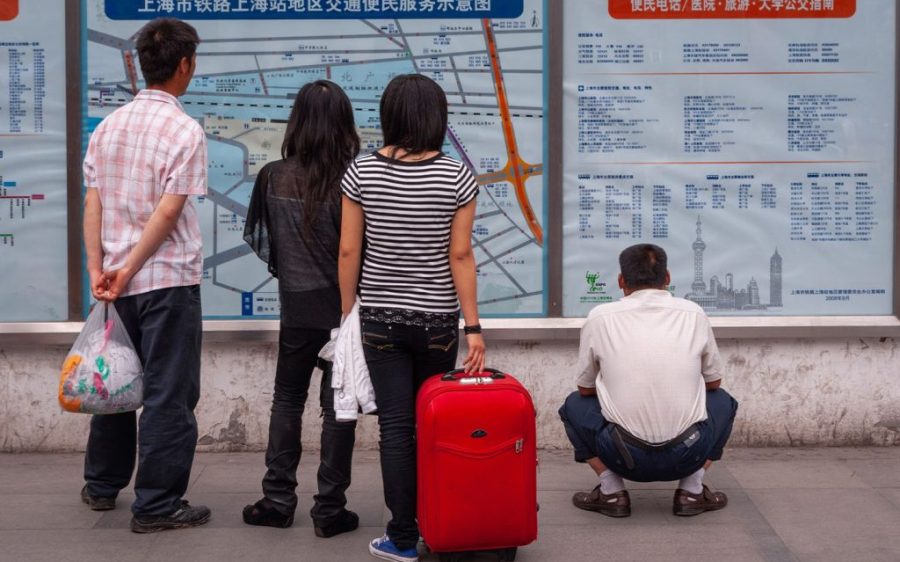Before chairs were invented, many humans completed everyday tasks, such as eating, working, and resting, by sitting on the ground – or squatting. The latter was an essential part of daily life or ordinary mobility. Even today, squatting remains a natural and effortless posture for children. But with age and sedentary lifestyles – and as muscles tighten from long periods spent sitting in chairs – the movement gradually becomes elusive for many people.
[See more: What is the Beijing Bikini?]
In recent years, the posture – often called the “Asian squat” – has regained attention. You may have seen it on the streets, at bus stops, or outside restaurants: feet flat on the ground, knees bent, hips lowered close to the ankles. For some, it’s a symbol of physical flexibility; others believe practicing it brings health benefits. Yet in places like Hong Kong and Macao, some view it as socially inappropriate.
Why is it called the Asian squat?
The term’s exact origin is unclear, a short 2002 film by Daniel Hsia titled How to Do the Asian Squat popularised the name. The film explains the key difference between the Asian squat and the Western squat: in the latter, the heels don’t touch the ground.
By 2015, BuzzFeed published an article and video titled Can You Do the Asian Squat?, which gained over 3.5 million views on YouTube. The video sparked widespread discussion, focusing on whether only Asians could perform this movement, and helped spread the term even further.
Interestingly, the Asian squat is sometimes called the “Chinese squat,” likely due to cultural associations. Interviewees in the video mention squat toilets in China and elderly people resting in a squatting position – everyday scenes that reflect this posture’s cultural roots.

But is it really something only Asians can do?
The answer is: it’s not about ethnicity. The key to the Asian squat is keeping the heels flat on the ground. According to a physical therapist interviewed by Taiwan’s CommonHealth magazine, three conditions are needed to perform it well: flexible hips, knees, and ankle joints; strong back and leg muscles; and a mobile Achilles tendon with a relatively small waistline.
So why do people think Westerners can’t do it? Some believe it’s due to long-term habits, such as sitting in chairs and using seated toilets. A Japanese study also found that some individuals naturally have a limited ability to bend the foot toward the shin, which can make Asian squatting difficult.
Children, on the other hand, squat easily because newborns have a passive ankle dorsiflexion angle of about 60 degrees, which drops to around 20 degrees in adulthood. This means we’re born with the flexibility to squat, but as we grow, our body proportions change, limbs lengthen, and we use the movement less – leading to its gradual decline.

Is the Asian squat good for your body?
Fitness coach Roger Frampton, in his TED Talk Why Sitting Down Destroys You, argues that squatting is a natural resting position that helps maintain joint health, while prolonged sitting harms the spine and causes back pain.
Physical therapist Bahram Jam also notes that squatting moves the ankles, knees, hips, and back through their full range of flexion, stimulating joints and cartilage and supporting long-term health.
[See more: Here are China’s best travel destinations for beating the heat this summer]
According to a report by BBC Chinese, practicing the Asian squat can improve digestion, strengthen leg muscles, aid weight loss, and even help prevent diabetes.
Controversy over the Asian squat as an unseemly gesture
Although squatting offers various health benefits, it has sparked cultural controversy. In Hong Kong, tensions have arisen between locals and mainland Chinese tourists over this posture. Some Hongkongers view it as indecorous, while many mainlanders see squatting simply as a way to rest.
Interestingly, a local government in Sichuan, China once publicly declared that eating while squatting was “uncivilised.” Officials were dispatched to inspect public areas, and individuals found eating in a squatting position were subject to fines, as part of an effort to correct what was deemed an undesirable habit.






